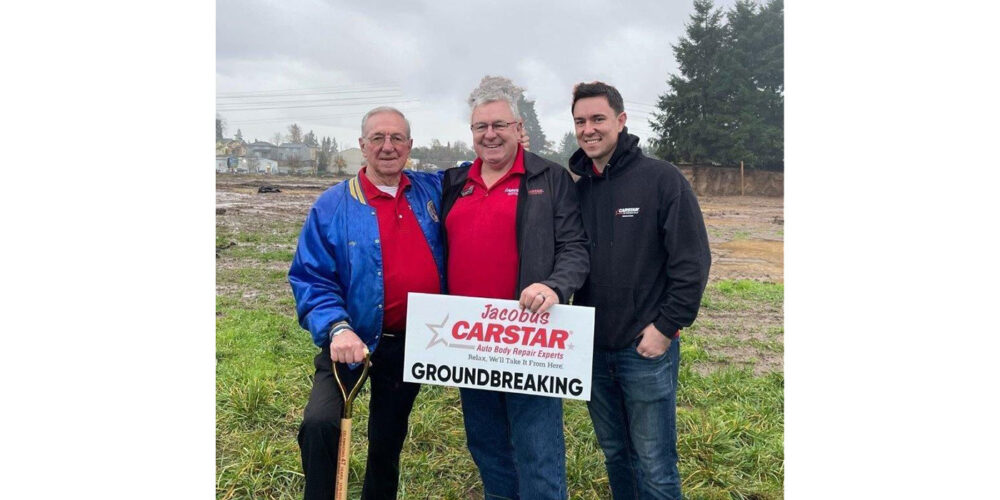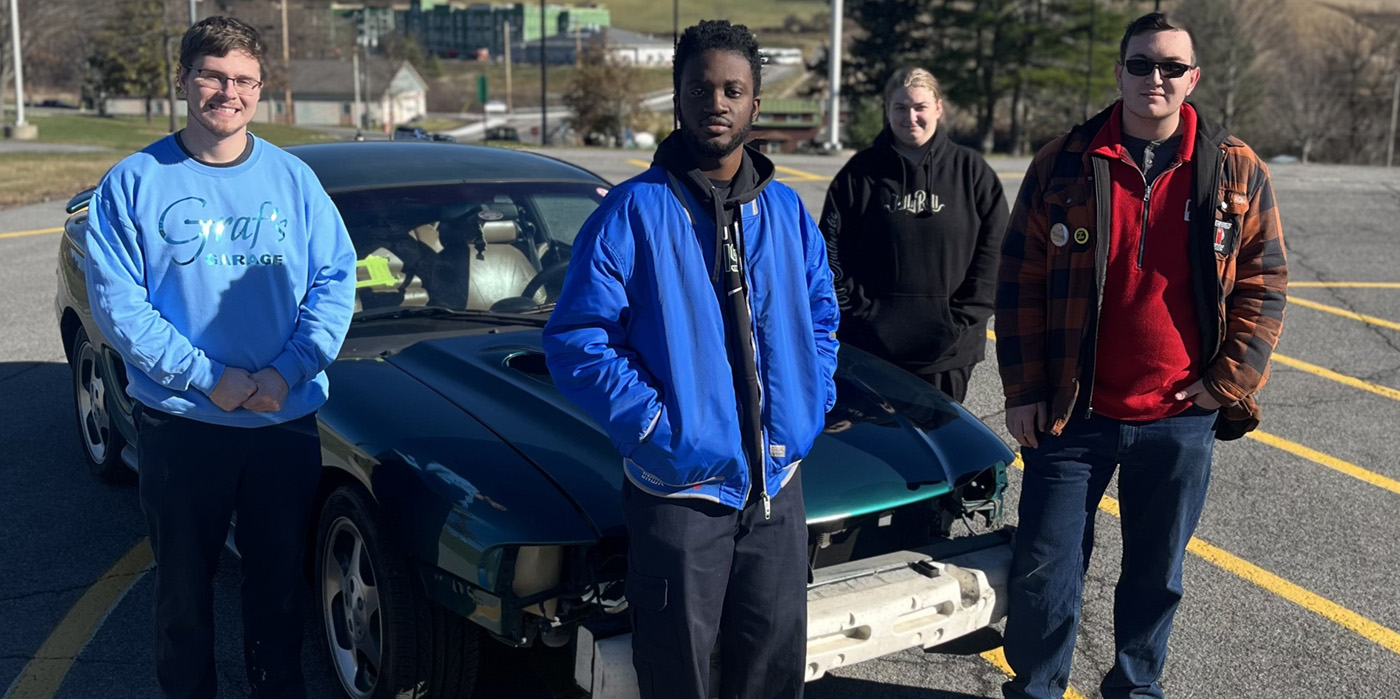I work in a small body shop. My boss, who is also the owner, keeps saying that I’m not doing good enough to keep the paint and materials bill down. I tracked it for four months and discovered that we do between 30 and 55 percent profit on it each week. He keeps telling me that I need to do better, and his solutions include washing out and reusing paint cups and only using 3/4-inch masking tape. I’ve never had an issue at other shops I’ve worked at. I’ve only had one re-spray in one year, and I don’t over-mix or waste product (I usually have about 2 oz. of color left after painting). What can I do?
Answer from Mark Clark, PBE expert, speaker, consultant and 24-year contributor to BodyShop Business:
The
most expensive thing in any paint shop is the technician’s labor time.
When the whole object of our industry is to repair the collision damage
safely and quickly, the profitable shops do their best every day to
complete the repair in less time than the labor hours allowed in the
estimate.
At the very least (only 40 hours in 40 hours = 100
percent production efficiency), every minute of every technician (a
technician is everyone who touches the car during repair) is worth big
money. How big? At a typical door rate of $44 per hour, each minute is
worth 73 cents ($44 divided by 60 minutes), so washing out any disposable mixing cup
will cost as much as a new cup.
Masking tape sizes are one of the many
decisions your shop’s own production process specifies. (You do have
written standard operating procedures or SOPs, right? Describing the
specific way to do a task every time?) Masking tape of 1-1/2 inches
covers more area and is faster and cheaper than doubling 3/4-inch tape.
Use whatever size masking tape, masking paper or masking film will
cover and uncover the non-paint areas most quickly. Those 73-cent
minutes make a huge difference. Cheap tape often costs tons of extra
labor time to remove the adhesive transfer or fuzzy edges.
I contend that the average gross profit (gross margin = same) on paint and material across the country is about 25 percent. If your shop is making
between 30 and 55 percent, you already have stellar results. Gross profit is a
function of the selling price, controlled by the estimated labor hours
and your cost, controlled by what you paid and how much you used per
repair. As a benchmark, look for total paint and material
purchases to be about 5 to 7 percent of shop sales over time. Use 6 percent as an easy
average.
A well-written estimate for repair will sell paint and material equal to
about 10 percent of the total RO. The fastest way to get more gross profit is
to sell more refinish hours. The paint repair will take what it takes to
get done. Make more money by selling another .5 hours each time. What’s
a good goal for paint and material gross profit? I say 40 percent. Use the percentages
from above: $10 sale – $6 cost = $4 gross dollars divided by $10 sale = 40-percent
gross profit.
Paint waste is expensive to haul away and incredibly expensive to
generate. A 55-gallon drum of solvent paint waste (excess color, clear,
sealer, primer, clean-up thinner, reducer) costs about $350 to legally
dispose of and $7,500 of the shop’s money to fill. Track your waste cost by
paint hour to get a number you can monitor each month. Use three- to six-month averages to get a good baseline.
Sounds like you’re doing the right things. Good luck getting your owner
to see the value of every minute of labor! Nothing else matters nearly
as much.













